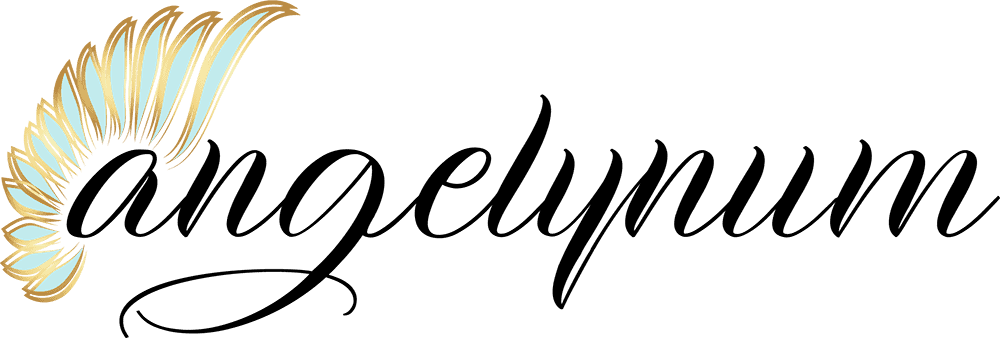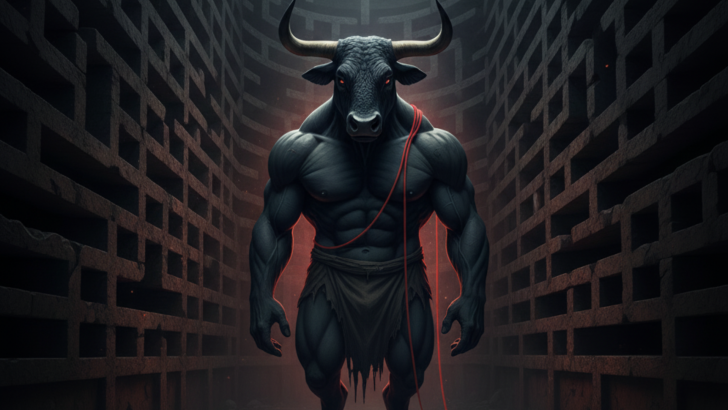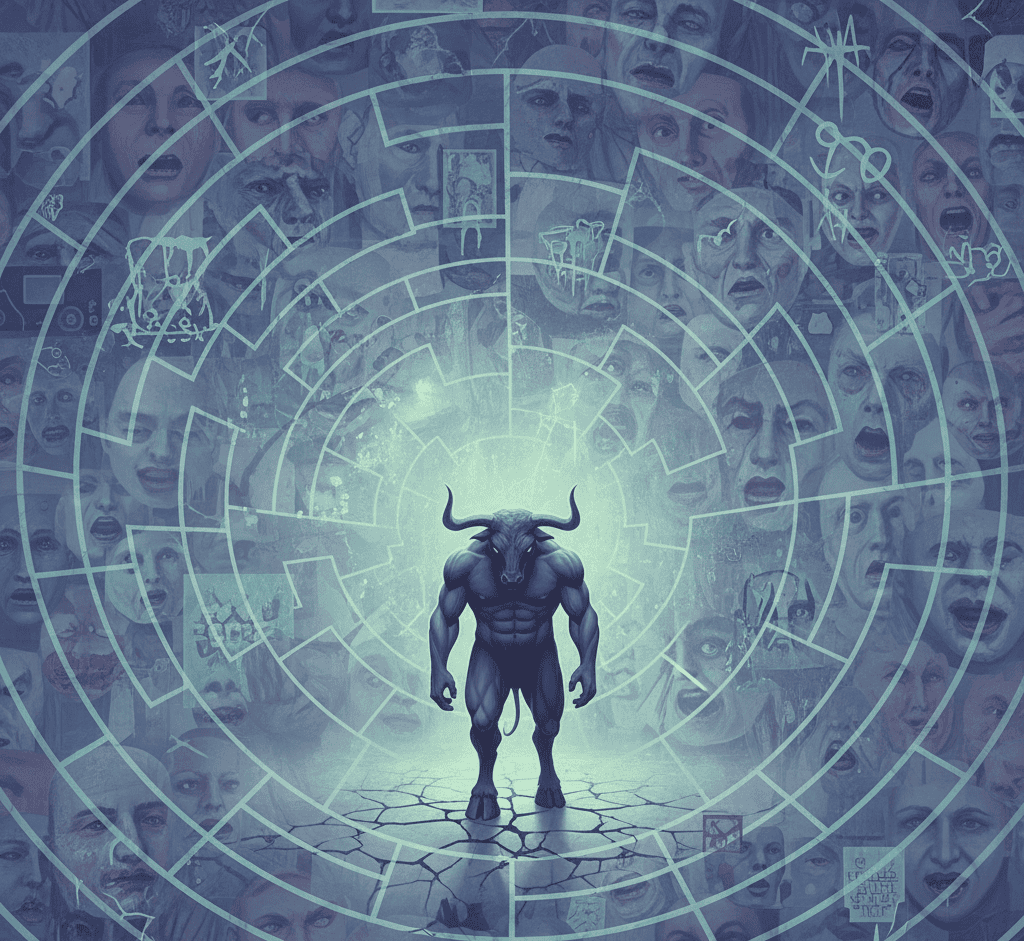There are monsters that live in myths and others that live in the mind. The Minotaur, half-man and half-bull, has managed to live in both.
His story begins in the twisting corridors of an ancient labyrinth, but over time, he has come to represent something far more personal.
The part of us that hides deep in our own maze, waiting to be found or feared.
To the Greeks, he was a creature of horror. To us, he’s something hauntingly familiar.
The Birth of a Monster
Long before the Minotaur became a terror in the labyrinth, he was the consequence of pride and divine revenge.
King Minos of Crete had once prayed to Poseidon, asking for a sign of favor, a magnificent white bull from the sea.
The god granted his wish, but Minos, struck by greed, decided to keep the bull instead of sacrificing it as promised.
In fury, Poseidon cursed his wife, Queen Pasiphae, to fall in love with the animal. From that unnatural union came a child unlike any other: the Minotaur.
He was born with the body of a man and the head of a bull, a symbol of the chaos that results when divine order is defied. Horrified yet unwilling to kill him, Minos sought a way to hide his shame.
He commanded the great inventor Daedalus to construct a labyrinth beneath the palace of Knossos – a maze so complex that no one who entered could ever find the way out.
Within its winding passages, the Minotaur grew up in darkness, feeding on sacrifices sent by Athens as punishment for a past rebellion.
To the people above, he was a monster to be feared. To himself, perhaps, he was something else – a creature trapped not only by walls but by his own existence.
He was neither fully beast nor man, belonging to neither world. The labyrinth was both his prison and his identity.
Theseus and the Path Through Darkness
Every nine years, Athens was forced to send seven boys and seven girls to Crete as tribute. They were led into the labyrinth, where none ever returned.
That cycle of horror continued until Theseus, prince of Athens, volunteered to end it.
His plan was simple: slay the Minotaur and free his people from their curse. But to face the creature, he first had to conquer the maze itself.
Before entering, Theseus met Ariadne, the daughter of King Minos.
Moved by his courage and charm, she gave him a ball of thread, instructing him to unwind it as he went, so he could find his way back.
With that simple tool, Theseus stepped into the labyrinth, where the air grew colder and the echoes of his own footsteps felt like whispers.
At the center, he finally found the Minotaur. The two fought fiercely, man against beast, until Theseus drove his sword through the creature’s heart.
The monster fell, and the prince followed his trail of thread back to freedom. It was a story of triumph over evil, a hero’s victory celebrated in countless retellings.
In that ending lies an uneasy truth – no one ever asked what it meant for the Minotaur to die, or what it was like to live in that endless maze before the hero arrived.
The Monster Within the Maze
As the centuries passed, the Minotaur became more than a character in a myth. He became a mirror.
Modern readers began to see him not just as a monster, but as a symbol of what happens when we bury parts of ourselves too deep.
The labyrinth, once imagined as stone and shadow, turned into something internal, a map of the human mind.
We all build labyrinths, walls to hide fear, shame, or desire. And somewhere inside those twisting corridors, there waits something we’d rather not face.
The Minotaur is that part of us, the primal self we keep locked away. He represents hunger, anger, loneliness, and all emotions that frighten us because they are honest.
The Greeks saw him as a punishment for defying the gods, but in a modern sense, he is what happens when we deny who we are.
Think of dreams where you wander through endless halls, always searching for an exit that never comes.
The Minotaur appears in those dreams, not to kill, but to remind you that the maze is yours. He is not a visitor.
He was born there. And if you look closely, his eyes are not full of rage; they are full of recognition.
The story of Theseus slaying the Minotaur then becomes something different. It’s not about destroying the monster, but confronting it.
The thread Ariadne gave represents awareness, the ability to move through confusion and return to clarity.
Every person’s labyrinth is unique, but the path out always begins by facing what waits at the center.
The Minotaur’s Legacy and the Echo of the Labyrinth
The myth of the Minotaur has survived for thousands of years, reshaped by every generation. Artists, poets, and philosophers keep returning to him, unable to let him rest.
In some versions, he is pure evil. In others, he is tragic. He is a child born of divine punishment who never chose his fate.
Writers like Jorge Luis Borges and Mary Renault turned the labyrinth into a living metaphor for existence itself.
Borges imagined a Minotaur who longed for death, tired of endless wandering in solitude. Others have imagined that Theseus, after killing the creature, looked into its face and saw himself.
That moment of reflection is what keeps the myth alive. It is not the hero’s strength or the monster’s rage that fascinates us. It’s the realization that one cannot exist without the other.
In many ways, the Minotaur is still with us. He lurks in nightmares, in art, in the stories of people who feel trapped by their own nature.
He reminds us that monsters are often born from loneliness, and that the walls we build to hide our pain can become our prison.
But the story offers hope, too. The thread remains a symbol that we can always find a way back if we are brave enough to face what lies in the dark.
Standing at the edge of our own labyrinths, we might hear the faint sound of hooves echoing in the distance.
It’s not a warning. It’s an invitation. The Minotaur does not wait to destroy us, he waits to be understood.
That’s why he still haunts our dreams, wandering endlessly through the maze of human memory, a reminder that the monsters we fear most are often the ones that guard our deepest truths.

自出生以来,我一直感觉到自己与神灵有着紧密的联系。作为一名作家和导师,我的使命是帮助他人在最黑暗的时刻找到爱、幸福和内心的力量。





